SCN Egg Counts Surprisingly High
SCN egg counts were surprisingly high in a Southern Illinois survey. The Illinois Soybean checkoff is funding an SCN (Soybean Cyst Nematode) study to look at the impact of wheat straw on SCN populations and an initial screening survey reported higher than anticipated eggs counts. Data from a University of Kentucky study in the early 1990s indicated that no-tilling soybeans into wheat stubble where straw remained intact on the surface reduced egg count and suppressed egg production in the next double cropped soybean crop. If these findings are true and repeatable adding wheat to the rotation before planting soybeans [...]
Successful Double Crop Soybean Programs Start With Selecting the Right Genetics
Successful double crop soybean programs start with selecting the right wheat genetics. Double cropping soybeans after wheat is a common rotation in Southern Illinois. Growers have the opportunity to maximize yield on both crops by paying attention to variety characteristics, planting date and endeavoring to plant both crops earlier. Maturity matters: The ideal double crop wheat / soybean rotation starts with a high yielding, early maturing wheat variety. This allows double crop soybeans to hit the sweet spot planting period for increased soybean yield potential. Both Limagrain Cereal Seeds (LCS) and other wheat seed companies have breeding programs developing [...]
Nitrogen on Soybeans: Here is What We Know
Soybeans require nitrogen and lots of it because it’s a protein crop, and proteins contain 16% nitrogen. For decades we have relied on the soybean plant’s ability as a legume to fix its own nitrogen. And it can fix much of its own nitrogen, with the rest supplied by the soil. But as soybean yields ratchet up towards the 70- to 80-bushel range in whole fields, nitrogen will become increasingly limiting. The challenge to making a nitrogen recommendation is knowing when yields are going to be high and how much nitrogen the soil and plant can provide. There are [...]
2017 Soybeans: The Good, The Bad and The Ugly
Every season brings new challenges and opportunities, and the 2017 soybean season certainly had its share. Compared to our surrounding soybean-producing states, Illinois soybean harvest is definitely ahead of schedule and even ahead of last year’s harvest timeframe and average. It seems like several growers are harvesting their early planted soybeans first. Or some are harvesting their driest corn, switching to beans, and then finishing up harvest with the remaining corn crop. The chart below shows the harvest progress for soybeans for Illinois, surrounding states and the full soybean crop. During harvest, it’s important to reflect on the past [...]
Webinar: Why Soil Sampling Is Important For High Yielding Soybeans
Terry Wyciskalla, with Wyciskalla Consulting, LLC, describes how to collect a soil sample, identify spatial patterns to follow, the range of tests to consider, and interpret soil testing results. Key Takeaways: Objectives of soil testing Estimate the nutrient status of the soil Make appropriate recommendations for fertilizer and lime applications by identifying variability in nutrient status of the sampled area Predict the likelihood of crop response to applying additional nutrients Soil sampling A good soil sample is the first step in a successful nutrient management program Base sampling intensity on expected field variability The greatest potential for error in [...]
Understanding Yield Gaps to Improve Yield and Profitability
Understanding the yield gaps in soybeans is one of the first steps in improving yield and profitability. Everyone wants to know what is causing gaps in yield. Why do everyday growers like Kip Cullers and Randy Dowdy produce 160- and 170-bushel soybeans? Why do Illinois producers Dan Arkels and Robert and Jason Lakey break 100-bushel soybeans and join the ever-growing team of growers who have broken the 100-bushels ceiling? It wasn’t that long ago that we were happy to hit 60- or 70-bushel yields. Now we want 70 and 80 bushels. Maybe in 5 or 10 years that will [...]
My Test Results – Ultra-Early Vs Early Planted Soybeans
Ultra-early planting can work but there are risks How early can soybeans be planted and have a yield advantage? Even with a yield advantage there is quite a bit of risk, or so it seems, to planting soybeans early. However, with new technologies on the market by way of seed treatments and varieties built to tolerate earlier planting, the risk of planting soybeans early is getting smaller every year. I began planting soybeans in March, and this time I could harvest them and get yield results. But let’s not start at the end with the results but rather how [...]
Sampling for SCN
Are you benchmarking your soil’s SCN population? Because SCN can impact yield, even without showing above-ground plant symptoms, it pays to know what is going on below ground—how big the egg population is and if it is trending up or down. If egg population is going down, your management is working. If egg populations are increasing, your management isn’t. SCN is a microscopic roundworm that lives in the soil and takes up residence in soybean roots. Female species of SCN invade the roots and extract water and nutrients from the plant. They form egg sacks (cysts) that bulge out [...]

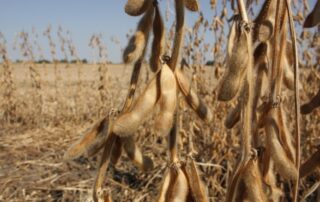
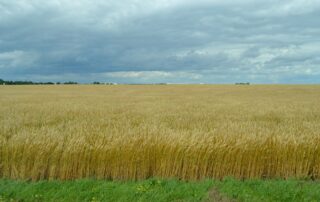
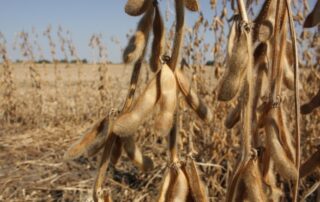
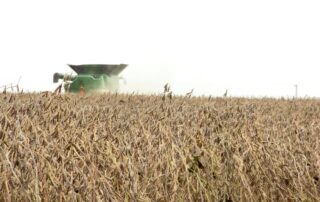
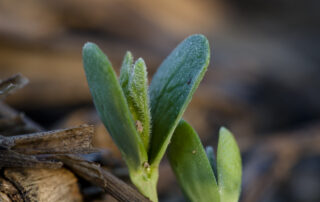
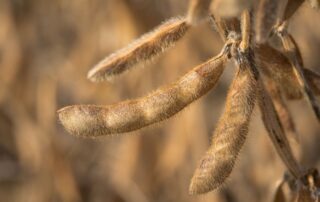
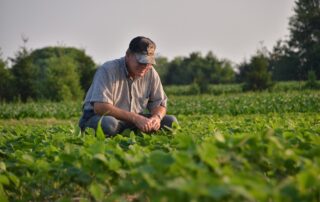
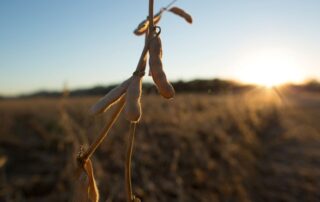

 and then
and then